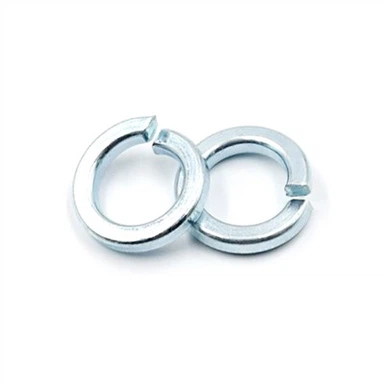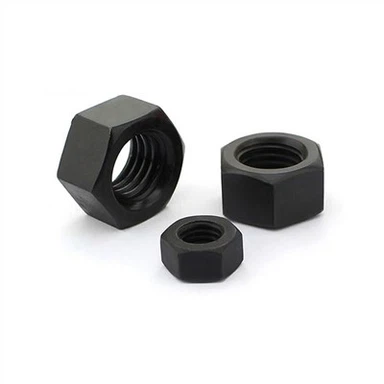Corrosion Of Stainless Steel Nuts
Jul 02, 2025
The quality of a 304 or 316 stainless steel nut reflects the overall quality of the equipment it is part of. As an indispensable component in equipment assembly, stainless steel nuts serve as the "foundation" of a product. Their production involves materials, molds, and manufacturing techniques. Watching batches of 304 and 316 stainless steel nuts roll off the production line, packaged and shipped, fills one with pride, overshadowing any sense of monotony in the industry.
Stainless steel nuts stored long-term in the atmosphere may rust once their material properties exceed their preservation limits. Severe corrosion can damage internal threads, making disassembly difficult. In extreme cases, nuts may seize with bolts, complicating maintenance and replacement.
Removing a corroded, seized nut incurs significant time costs. A single delayed nut replacement can even delay multi-million-dollar orders. Long-term analysis identifies three main types of corrosion in stainless steel nuts:
Fixed-position corrosion: This is primarily caused by substandard materials, such as impurity contamination or poor material purity.
Section corrosion: This develops gradually during post-installation use, often due to harsh environments or exposure to strong acidic substances.
Full-surface corrosion: The most severe type. Immediate replacement is critical, followed by in-depth testing of the corroded sample to verify material compliance. This typically results from using fake stainless steel, a serious issue requiring supplier replacement.
High-temperature environments accelerate corrosion in stainless steel nuts, compromising their performance over time. Unlike carbon steel nuts, whose corrosion under high temperatures is visible, stainless steel nuts corrode subtly in heat, making damage harder to detect.
Thus, selecting qualified stainless steel nuts is essential. In installation and design, efforts must be made to prevent corrosion caused by poor nut quality. Many companies, aiming to cut costs, neglect proper storage of stainless steel nuts. When corrosion spots appear, they often resort to secondary polishing to make nuts look new for delivery, ignoring internal damage-a practice that hides dangerous safety risks. Workers rarely detect flawed nuts visually during installation, leading to assembly of defective parts. Such nuts are also prone to seizing.
We emphasize the issue of fastener seizing repeatedly because, despite precautions, stainless steel bolt seizing cannot be entirely avoided. Using defective nuts drastically increases this risk. Even careful installation-such as adding spring washers or adjusting torque wrenches-fails to prevent it: corrosion causes imperceptible thread deformation, and corrosion-induced debris trapped between threads further raises seizing chances.







